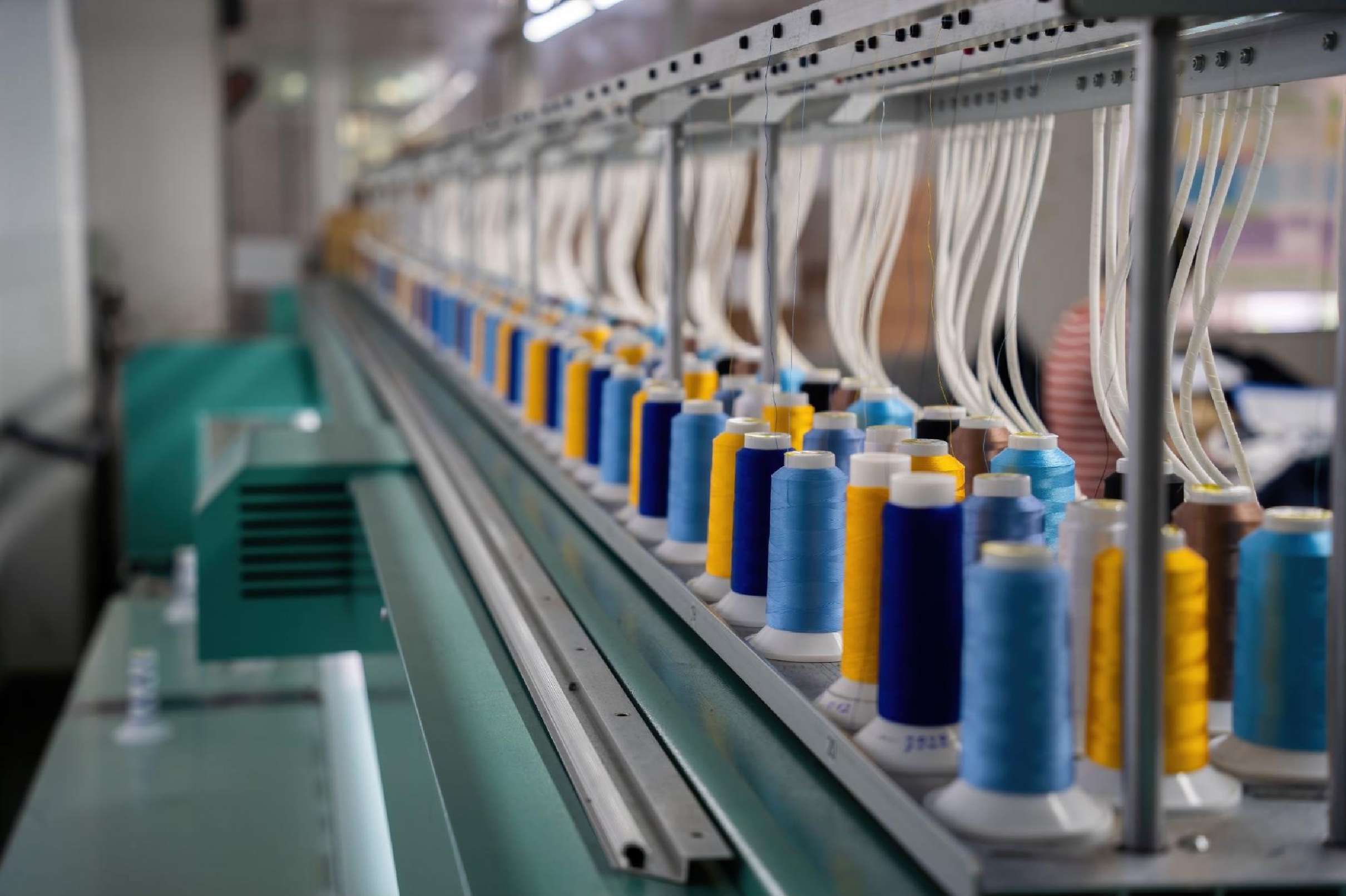
The conversations at the recent ‘Innovation Forum’ have blossomed into a clear call to action: the fashion industry is under increasing pressure to not just talk about sustainability, but to prove it. With the looming shadow of the EU's Ecodesign for Sustainable Products Regulation (ESPR), brands are scrambling to demonstrate their commitment to circularity and, crucially, durability. But in a world awash with greenwashing, how can consumers – and regulators – truly know if a garment is built to last?
The answer, it seems, lies in a new metric gaining traction: the Intrinsic Durability Multiplier (IDM). This innovative approach, deeply embedded within the Product Environmental Footprint (PEF) methodology for Apparel and Footwear, promises to inject much-needed transparency and quantifiable data into the often-vague claims of product longevity.
Beyond buzzwords, quantifying ‘built to last’
For years, brands have touted the durability of their products, often relying on subjective descriptions and anecdotal evidence. The PEF framework, however, introduces a rigorous and standardized approach. It mandates specific testing protocols to evaluate the fundamental resilience of apparel and footwear.
These tests delve into the core performance factors that dictate a product's lifespan:
• Abrasion resistance: How well does the fabric withstand rubbing and wear? Standardized tests like the Martindale abrasion test simulate everyday use and determine the number of cycles a material can endure before showing significant damage.
• Seam strength: How robust are the crucial connections holding a garment together? Tensile strength tests measure the force required to break a seam, highlighting potential weak points.
• Color fastness: How resistant is the fabric's color to fading, bleeding, or crocking (rubbing off)? Standardized light fastness, wash fastness, and rub fastness tests quantify color retention under various conditions.
From test tube to tangible metric
The raw data generated from these tests doesn't directly translate into a consumer-friendly metric. This is where the ‘Durability Score’ and the subsequent IDM come into play. Anya Sharma, a materials scientist specializing in textile durability points out, think of the Durability Score as a weighted average of the performance across these key tests. Different product categories will have different weighting factors, acknowledging that the stress points for a pair of jeans will differ significantly from those of a delicate blouse. This Durability Score then acts as the foundation for calculating the IDM. The exact formula remains complex and specific to the PEF methodology, but the core principle is: a higher Durability Score translates to a higher IDM.
Why IDM matters
The IDM is not just an academic exercise; it has significant implications for a product's environmental footprint calculation within the PEF framework. A higher IDM acts as a multiplier, effectively extending the assumed lifespan of the product in the environmental assessment. Consider this simplified illustration.
Table: How the IDM works
Product Durability Score (Arbitrary Units) Weighting Factor IDM (Hypothetical) Assumed Lifespan (PEF Calculation) Basic T-shirt (Brand A) 60 0.8 1 2 years Durable T-shirt (Brand B) 90 0.8 1.3 2.6 years
In this example, even with the same initial product category and weighting factor, Brand B's more durable t-shirt, evidenced by its higher Durability Score and IDM, is recognized as having a longer potential lifespan, thus potentially lowering its annual environmental impact
Brands embracing the durability data revolution
Several pioneering brands are already leveraging durability testing and exploring how the IDM can strengthen their sustainability narratives.
Patagonia: Known for its long-standing commitment to durability and repairability, Patagonia has been rigorously testing its products for years. While they may not explicitly use the PEF's IDM yet, their internal data on abrasion resistance and seam strength aligns perfectly with its principles. Their "Worn Wear" program, encouraging repair and reuse, is a testament to the value they place on product longevity.
Nudie Jeans: This Swedish denim brand emphasizes the durability of its organic cotton jeans and offers free repairs. Their transparency about the materials and construction quality implicitly supports a higher potential IDM. They actively encourage consumers to extend the lifespan of their garments, reducing their environmental impact.
While the IDM offers a promising path towards greater transparency, challenges remain. Standardizing testing methodologies across the vast and diverse apparel and footwear landscape is a complex undertaking. Ensuring accurate product category mapping and comprehensive Bills of Materials are also crucial for the IDM to be truly meaningful. Also, the industry needs to educate consumers on the significance of the IDM. A simple, easily understandable label or rating system could empower shoppers to make more informed choices based on verified durability data.
Thus the Intrinsic Durability Multiplier, underpinned by rigorous testing and transparent data, represents a significant step forward for the apparel and footwear industry. It moves beyond vague sustainability pledges and offers a quantifiable way to assess and communicate product longevity. As the ESPR looms and consumer demand for truly sustainable products grows, the IDM is poised to become a crucial tool for brands looking to not only meet regulatory requirements but also to build trust and a more circular future for fashion. The era of "built to last" is no longer just a marketing slogan; it's becoming a data-backed reality.












